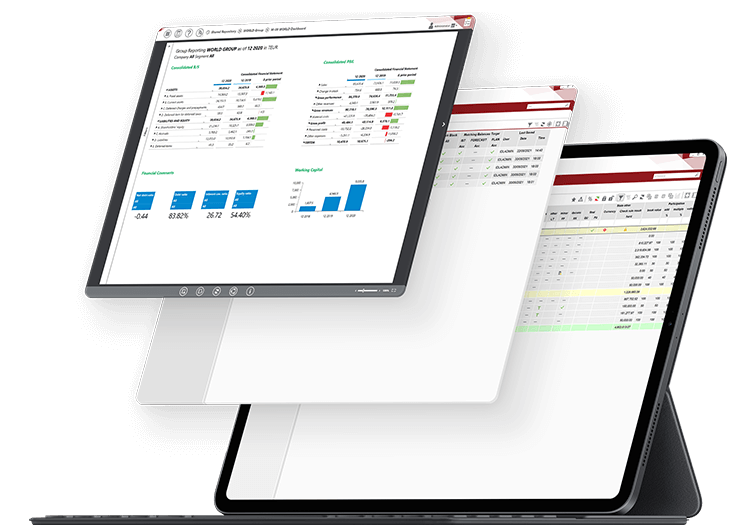

So, when the time in San Francisco is 1 p.m, the time in London is 9:00 p.m. Going eastward from San Francisco to London, you move ahead eight time zones, which really means you skip forward eight hours. is eight time zones away from San Francisco, California. Here's an example of how time zones and the international date line works. What happens when you cross the international date line? But Earth, of course, does not go on indefinitely eventually, a point is reached when you have to start over - or jump backward or forward in time depending on your direction of travel. The prime meridian is also where the system of 24-hour timekeeping that is called Greenwich Mean Time (GMT) originated.Īs you go east from the prime meridian, the time zones increase consecutively by one hour, or conversely, decrease consecutively by one hour as you go west. The prime meridian, at 0 degrees longitude, is the point from which all other measurements of longitude are taken. With a powerful navy, the British were well advanced in navigation and timekeeping and were using the most sophisticated devices available to reckon global position and time. was one of the most powerful and technologically advanced nations on Earth. The prime meridian was established in 1851 at a time when the U.K. Each time zone is measured as 15 degrees wide, and 360 divided by 15 is 24.Īll of these zones are numbered consecutively eastward from what is called the prime meridian, which is a line of longitude that runs directly through the British Royal Observatory in Greenwich, in the United Kingdom. The logic of dividing Earth into 24 zones is derived from the fact that the planet is a sphere, and like any sphere it can be divided into 360 equal sections, or 360 degrees. Today, with a number of significant modifications, we still use the 24-time-zone system originally proposed by Fleming. People walking beneath clocks displaying global time zones in the Warsaw Stock Exchange building in Warsaw, Poland. The practicality of his system soon caught on, so that by 1900 most of the industrialized nations of the world had adopted it. Within each time zone, all clocks would be set to an average time that best represented where the sun was located in the sky. Accordingly, he proposed a system of 24 standard time zones that would span the circumference of the Earth.

He wanted to make the railroad more efficient and avoid any complications resulting from the different schedules set by the different train stations, which set the time according to their local astronomical conditions, according to Encyclopedia Britannica. Fleming was a Scottish engineer who helped design the Canadian railway system. The first system of time zones was proposed by Sir Sandford Fleming in 1876, according to an article in Globe and Mail, a Canadian news publication. So, to allow people to experience daylight hours in roughly the same amount - that is, to experience a normal day from sunrise to sunset - time zones are in use around the world. Through the control of a computer, the instructor can view and interact with any of the remote classrooms.But humans don't travel at such speeds (unless you are on the International Space Station), and when not traveling people generally stay in one place. By placing monitors and video cameras at the main location and remote classrooms, the instructor can be seen by students at regional learning centers.

Through distance learning, the classroom is brought to the student, rather than the student to the classroom. Why Distance Learning?ĭistance learning offers a means of minimizing the limitations which may be encountered with a traditional classroom approach. Distance learning offers schools, communities, and businesses a means of extending their educational resources beyond the confines of a limited geographical area, and still allow students to interact (real-time) with the instructor and fellow students. Through distance learning, students have the opportunity to attend class even though they cannot be in a classroom at the main campus. audio, video, and data) are used to bridge the instructional gap. At it’s most basic level, distance learning takes place when an instructor and student(s) are separated by physical distance, and technology (e.g. Distance education is an instructional delivery method which allows students to be in different locations from the instructor. This opportunity allows students to interact with the instructor and students at various regional learning centers and see and hear the instructor on television monitors. Interactive Distance Learning (IDL) is a medium for course delivery that involves the electronic transmission of courses.

Interactive Distance Learning (IDL) What is Interactive Distance Learning?


 0 kommentar(er)
0 kommentar(er)
